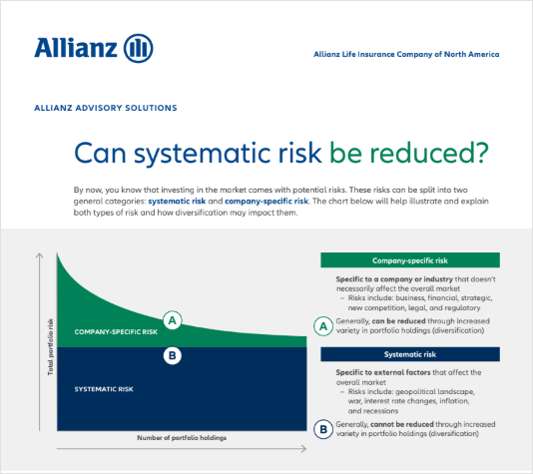Northfield Information Services, Inc. has built a new personal wealth planning tool that will "anticipate" what clients are going to do next.
Through the tool — called WealthBalancer — investment advisors can provide year-by-year projections of how investment allocations should evolve over time to reflect anticipated changes in life circumstances such as college education, long-term care for a parent or a career change.
It's "different than what any tool has done before," Northfield President Dan diBartolomeo told ThinkAdvisor.
According to diBartolomeo, the problem with most investment plans is they are not "plans" at all. Rather, he says, they are recommendations for a current investment allocation but there is no detailed plan for the future.
"As far as we can tell, no one that does financial planning actually plans," diBartolomeo told ThinkAdvisor.
As diBartolomeo sees it, advisors traditionally determine "what to do now" and then in a year or two review and "buy and sell" to get to where the client needs to go. There's no actual plan for the future, he said.
Whereas with WealthBalancer, the allocations are planned all the way out through the future.
"Here's what we think your asset allocation should be next year and the next and the next throughout," he said. Adding, "The reason that the forward half is so important is if I know what is my likely allocation for next year, I can rebalance the portfolio as I go."
As conditions and circumstances change, diBartolomeo said, "you certainly update the process."



